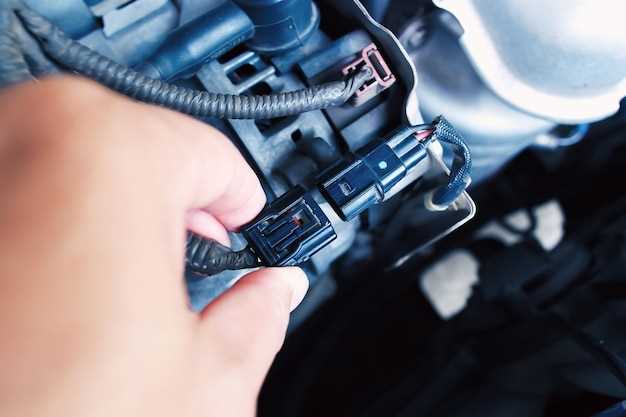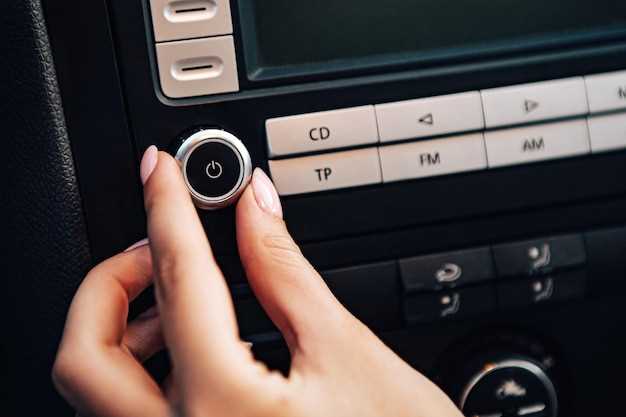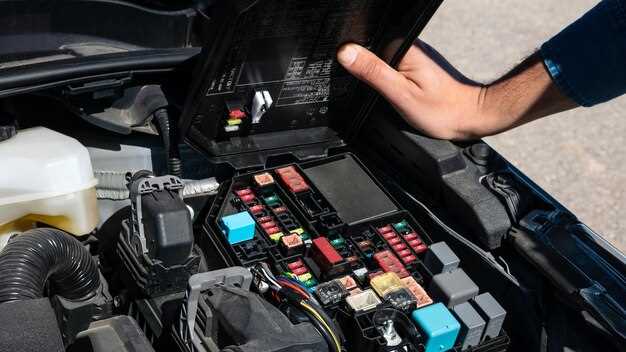
In every vehicle, the fuse box plays a vital role in ensuring the electrical systems are well protected. It acts as a central hub where electrical circuits are managed and safeguarded against potential overloads. Understanding how this essential component works can empower vehicle owners to tackle minor electrical issues and enhance their vehicle’s longevity.
A fuse is essentially a safety device designed to prevent electrical overloads that can lead to fires or damage to the vehicle’s components. Each fuse in the box corresponds to a specific part of the vehicle’s electrical system, whether it be the headlights, radio, or dashboard lights. When a fault occurs, the fuse will blow, cutting off the electrical supply and protecting the system from further damage.
The box itself is usually located in the engine compartment or under the dashboard, with a diagram indicating which fuse controls which circuit. Familiarizing yourself with the layout and function of each fuse can significantly reduce troubleshooting time when electrical issues arise. This guide will walk you through the essential components of your vehicle’s fuse box, the types of fuses, and tips for replacement, ensuring that you have the necessary knowledge to maintain your vehicle’s electrical safety effectively.
Identifying Fuse Types and Their Ratings

Understanding the different types of fuses and their associated ratings is crucial for the proper functioning of your vehicle’s fuse box. Fuses serve as protective devices that safeguard your vehicle’s electrical system from overloads and short circuits. Each fuse type is designed for a specific application and carries a dedicated rating that indicates its current-carrying capacity.
Common fuse types include blade fuses, which are widely used in modern vehicles, and tube fuses, which are found in older models. Blade fuses come in various colors, each representing a different amperage rating. For example, a red blade fuse typically indicates a 10-amp rating, while a blue fuse signifies a 15-amp rating. Understanding these color codes is essential for correctly replacing a blown fuse in your fuse box.
Another type of fuse you might encounter is the ceramic fuse. These are generally found in high-current applications and have a higher tolerance for temperature fluctuations. When identifying fuses in your vehicle, always check the amperage rating printed on the top or side of the fuse. This rating informs you of the maximum current the circuit can handle before the fuse is expected to blow, protecting your vehicle’s components.
It is essential to replace a blown fuse with one that matches its original rating. Using a fuse with a higher rating can pose a serious risk, potentially leading to electrical fires or damage to the vehicle’s circuit system. Additionally, be aware that some vehicles may feature specialty fuses, such as micro or low-profile fuses, which also require specific ratings.
In summary, understanding the different fuse types and their ratings is key to maintaining your vehicle’s electrical integrity. Regularly checking your fuse box and being able to identify and replace fuses appropriately can prevent electrical failures and enhance the longevity of your vehicle’s systems.
Locating Your Vehicle’s Fuse Box and Its Layout

Finding your vehicle’s fuse box is an essential step in understanding your car’s electrical system. Typically, the fuse box is located in one of three main areas: under the dashboard on the driver’s side, in the engine compartment, or sometimes in the trunk. Consulting your owner’s manual can provide the exact location specific to your vehicle make and model.
Once you have located the fuse box, examining its layout is crucial. The interior of the box contains a series of fuses and relays, each designed to protect specific electrical circuits. Fuses are usually labeled, indicating which circuit they serve, such as headlights, air conditioning, or power windows. Understanding this layout helps in identifying the right fuse to replace if an electrical issue arises.
The fuse box plays a critical role in circuit protection, preventing overloading and potential damage to your vehicle’s electrical components. If a component fails, it is often the result of a blown fuse, which will also need to be diagnosed promptly. Becoming familiar with the fuse box layout can save time and prevent unnecessary repairs.
Regularly inspecting your vehicle’s fuse box for signs of wear, corrosion, or damage can enhance your vehicle’s performance and longevity. Keeping a spare set of fuses on hand is advisable for quick replacements. Always ensure the vehicle is turned off before attempting to access the fuse box to avoid any electrical hazards.
Troubleshooting Common Electrical Issues via the Fuse Box
When facing electrical issues in your vehicle, the fuse box serves as a critical point for diagnostics. Understanding its layout and function can simplify troubleshooting processes.
Firstly, start by identifying the fuses associated with the malfunctioning components. Each fuse protects a specific circuit within your vehicle. Refer to the owner’s manual for a detailed diagram that indicates which fuse corresponds to each circuit, such as lights, radio, or power windows.
If a component does not operate, check its respective fuse first. A blown fuse usually indicates an overloaded or short-circuited circuit. To inspect, remove the fuse and visually check for a broken filament. Alternatively, a multimeter can be used to test continuity. If the fuse is intact but issues persist, the problem may lie deeper within the circuit itself.
In cases where multiple fuses controlling different components blow simultaneously, this often points to a larger issue, such as a faulty ground or a damaged wire. Inspect the wiring harnesses for signs of wear or corrosion, particularly around connection points.
Keep in mind, frequent fuse failures can indicate ongoing electrical problems. Regular maintenance and monitoring of the fuse box can help catch issues early, ensuring that your vehicle’s electrical system remains reliable.
